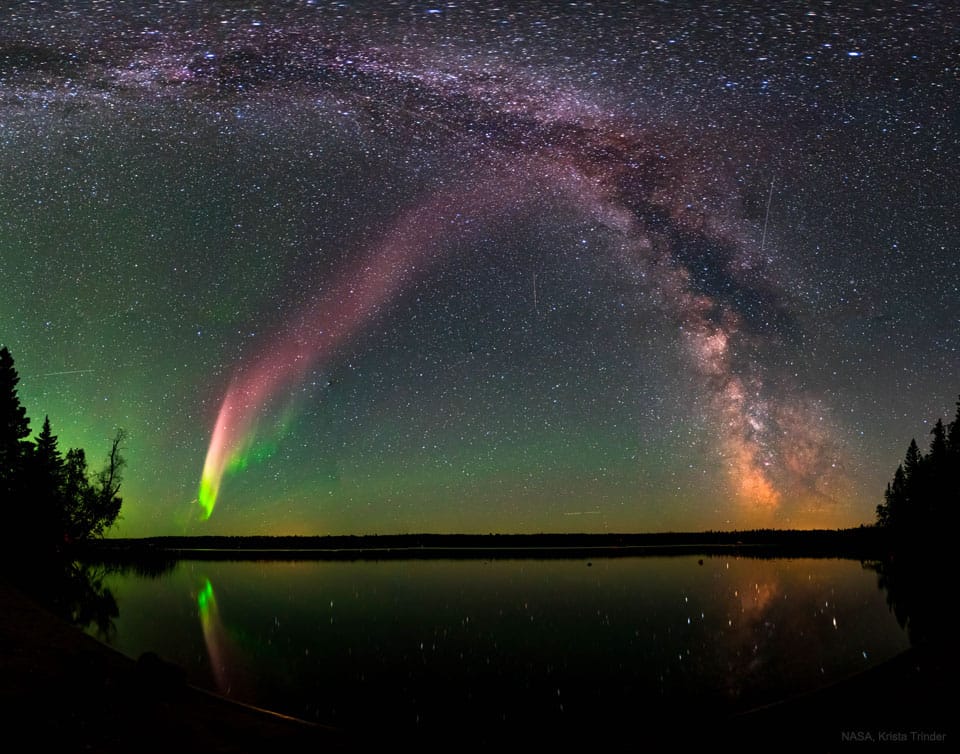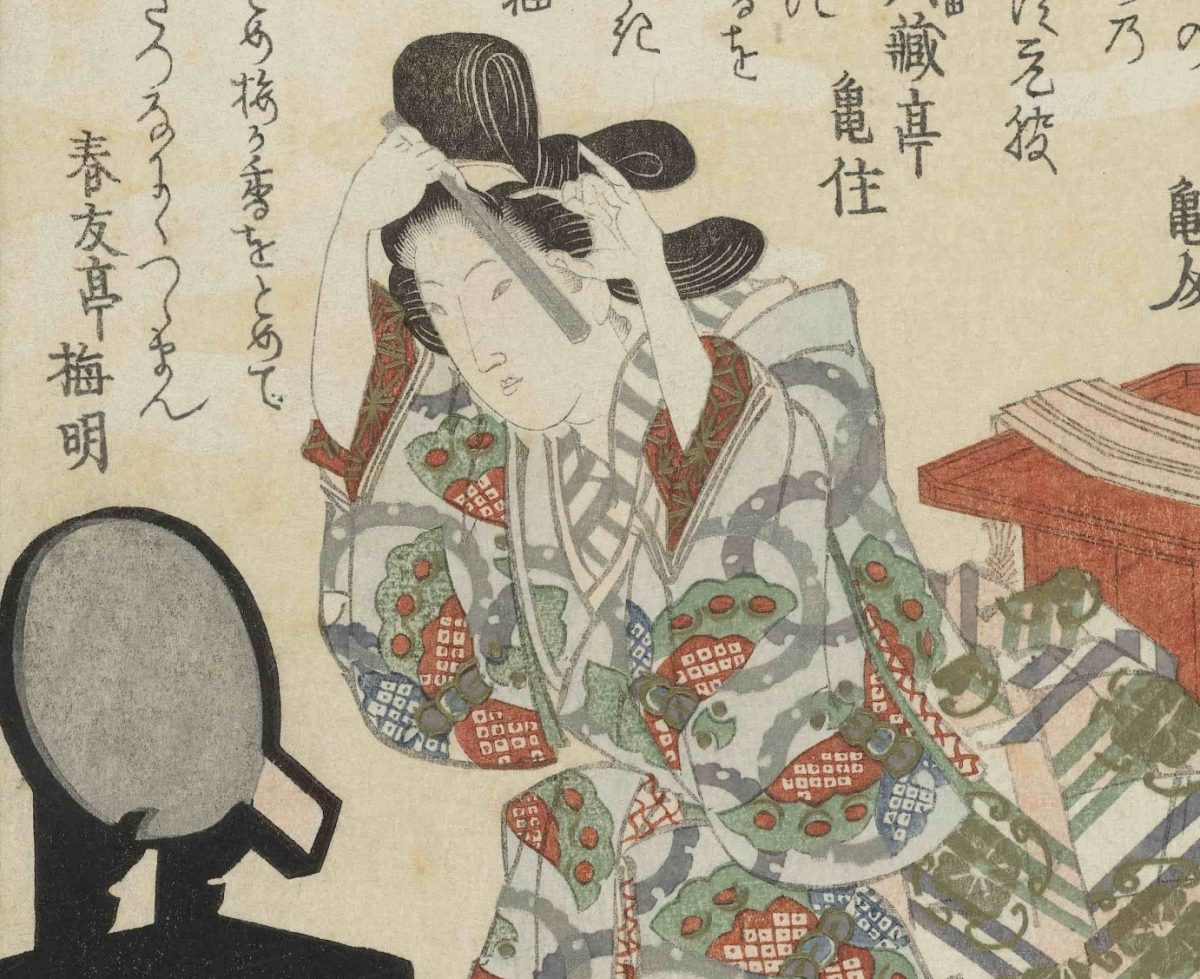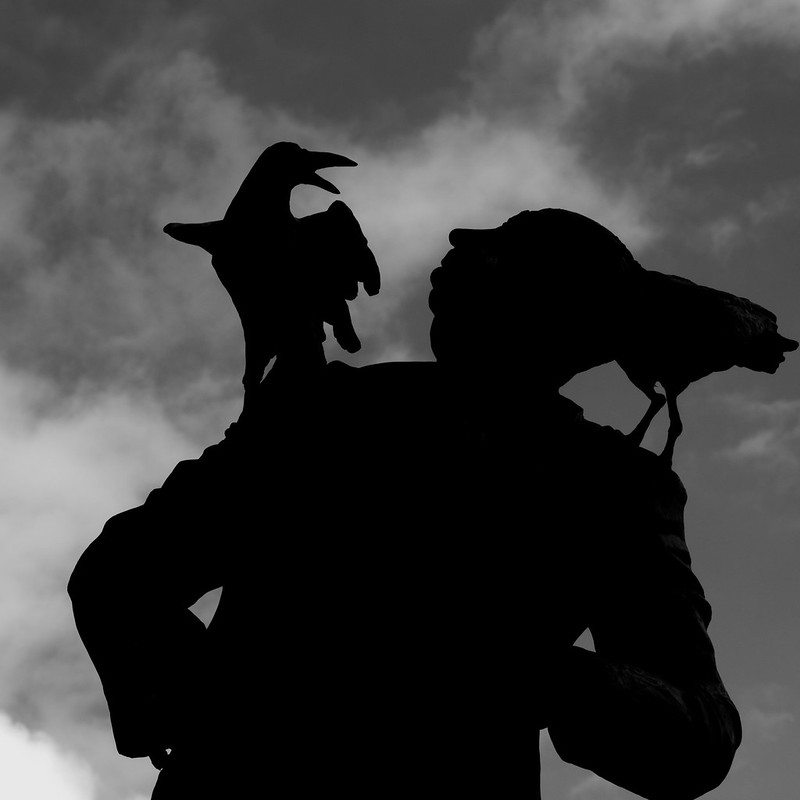I recently completed a new online course. It was very different from my usual string of courses. It was a self-improvement course, focused on neuroscience and public heath. It’s called Finding Purpose and Meaning In Life: Living for What Matters Most. It’s taught by Vic Strecher, of the University of Michigan’s Schools of Public Health and Medicine, on Coursera.

The course has a 4.8 rating with over 1,000 reviews. Here is what Coursera provides in the description.
In this course, you’ll learn how science, philosophy and practice all play a role in both finding your purpose and living a purposeful life. You will hear from historical figures and individuals about their journeys to finding and living a purposeful life, and will walk through different exercises to help you find out what matters most to you so you can live a purposeful life…. By the end of this course, you will:
- Understand that having a strong purpose in life is an essential element of human well-being.
- Know how self-transcending purpose positively affects well-being.
- Be able to create a purpose for your life (don’t be intimidated, this is different from creating “the purpose” for your life).
- Apply personal approaches and skills to self-change and become and stay connected to your purpose every day.
Not only did I finish the course, I’ve started making changes. This first post covers the concepts and course topics. The next will be about how I applied the concepts and design artifacts I created to help me achieve them.
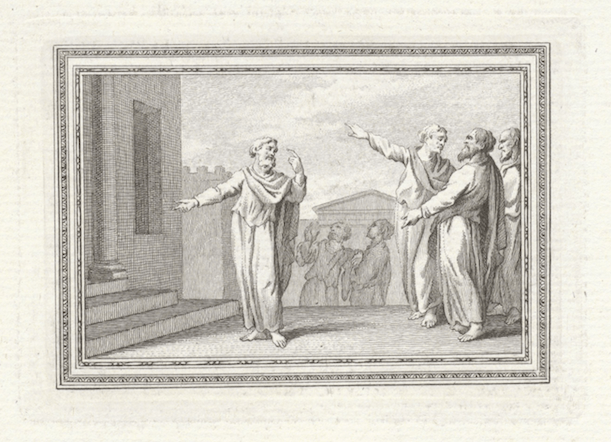
A Central, Self-Organizing Life Aim
The course focuses on helping students find a purpose in life. It’s important to point out it’s a purpose, not the purpose. A purpose in life is “a central, self-organizing life aim”; a predominant theme in a person’s life.
The lessons guide students by introducing topics in Buddhist and Greek philosophy, such as the “true self” known as atman (Hindu/Buddhist) or daimon (Greek), and connecting those concepts to brain function and the Ventro-Medial Prefrontal Cortex, VmPFC. The VmPFC is the part of the brain that is involved in processing information and our emotional response.
We return to the VmPFC often in the course, to understand our neurobiological responses to stimuli and how behavioral practices like Loving-Kindness Meditation can lead to a positive sense of self, which can help lead to positive behavioral outcomes.
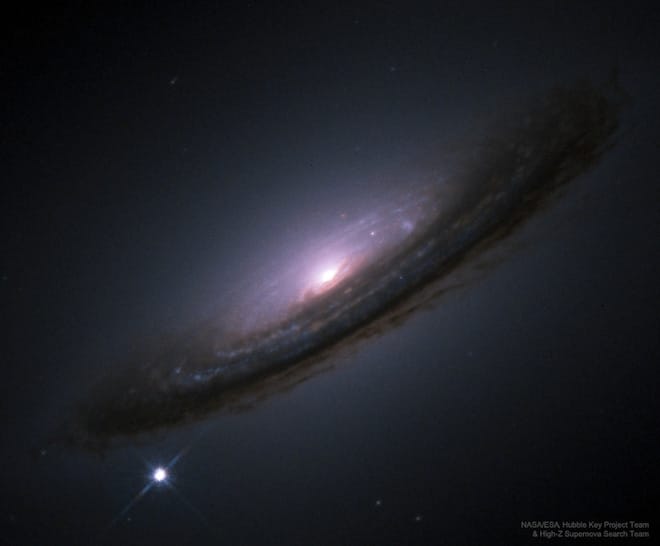
“Rumors of a Dark Universe“
Image Credit: High-Z Supernova Search Team, HST, NASA
“However vast the darkness, we must supply our own light.”
We also learn what it means to have a purpose and discuss concepts in existential philosophy by thinking about Soren Kierkegaard, Friedrich Nietzsche, Carl Jung, Jean-Paul Sartre, and Albert Camus.
We even learn about what Stanley Kubrick, who was apparently a big fan of Nietzche, and (loosely) 2001: A Space Odyssey have to say about purpose:
The most terrifying fact about the universe is not that it is hostile but that it is indifferent; but if we can come to terms with this indifference…our existence as a species can have genuine meaning and fulfillment. However vast the darkness, we must supply our own light.
Stanley Kubrick, 1968
Obviously, I have to have the music. 🙂
Richard Strauss: Also sprach Zarathustra / Gustavo Dudamel, conductor · Berliner Philharmoniker / Recorded at the Berlin Philharmonie, 28 April 2012.
There’s a very interesting article from the Houston Symphony on Richard Strauss’ musical interpretations of Nietzche’s book and philosophy, Thus Spake Zarathustra, which has the same name as his famous orchestra piece.
In describing the music, the Houston Symphony writes, “Kubrick was not too far off the mark in using the piece’s opening to score a sunrise from outer space; Strauss indeed intended it to depict the mountaintop sunrise that opens Nietzsche’s book. The opening motif in the trumpets has been called the ‘nature’ or ‘world riddle’ motif; it recurs throughout the piece as a symbol of nature’s indifference and mystery.”

What Kind of Cook Are You?
One of the important lessons is that while it’s important to seek knowledge, it’s also important to have guidance in that pursuit. To seek knowledge with purpose.
There’s an analogy used in the course, to help compare the pursuit of knowledge with cooking. We really can’t all expect to become master chefs before we ever start cooking. But we also can’t expect to have any efficiency or safety in a kitchen with no training whatsoever. The same is true for the pursuit of knowledge. An unintentional pursuit can lead down dark and dangerous paths; meanwhile, we can’t spend all our time studying for the next exam.
The question, What Kind of Cook Are You, is an existential philosophical question about the pursuit of information that is meant to focus on the importance of intention and balance. Learn enough so that you can seek out recipes and follow them, but also learn enough that you can deviate from the recipe without ruining the food or burning down the kitchen.

Golden Rules
I’ve often heard about The Golden Rule: Do unto others as you would have them do unto you — either at church or Girl Scouts. And while it’s a great concept in theory, in practice, it’s kind of self-less and you end up getting mistreated a bit.
The course brought up a new version, which I think is a bit better.
The Reverse Golden Rule: Do not do to yourself, what you would not do to others.

Being Purposeful
As I mentioned above, the course often refers to the Ventro-Medial Prefrontal Cortext, VmPFC, to understand, explain, and change our how a life purpose can improve life outcomes in positive ways, from a biological, psychological, and behavioral perspectives. The course focuses on how our own thoughts and behaviors can be reinforced. However, we often we don’t achieve our goals to “do better” for 2 reasons: they haven’t been tied back to our purpose and they don’t represent what he calls “crispy” behaviors. That is specific actions to be put into practice. We often make goals that are just a little too vague.

Finding Your Purpose
These goals are called Do, Be, and Action goals. And the course helps the student think about and create them by, again, focusing on existentialism. Existentialism acknowledges human mortality, which many people don’t like to think about. However, by considering that life isn’t forever, we can use this inevitable fact to not freak out but to channel our life towards having a purpose – a central, self-organizing life aim.
There’s an app the instructor has called Purposeful by Kumanu™, to help create those Do, Be, and Action goals. I didn’t use it, I created the diagrams using a drawing program. But to get there, you start asking introspective questions about yourself, such as:
- What are causes you care about?
- What gets you out of bed in the morning?
- How do you want to be remembered?
Literally, there’s an earlier part of the course where you think about what you want your headstone to say!

Create Do, Be, and Action Goals
Ultimately the answer to the introspective questions above help to generate your Be goals. The type of person you’d like to be. Your atman, your daimon. These will form the central, self-organizing aim for your life – each one is a life purpose.
Do Goals: Next, you take these Be goals and ask what you have to do to enact those Be goals. Those are your Do goals.
Actually, the course makes a point to mention that many people start here and stop here. Rather than tying their goals to a life purpose, it becomes about achieving this goal. Like wanting to lose weight to fit into a dress, vs wanting to lose weight to fit into a dress, because ultimately the person is lonely and doesn’t want to be.
Action Goals: Finally the question becomes what action to take to enact to achieve those Do goals. These are the Action goals. And these should be specific and achievable goals.
To clarify, creating these goals is not a one-day activity. The course has the student ask themselves these questions frequently. By the time these concepts shows up, you already have a bit of a list and you’re primed to accept the ideas. I even spent time after the course completing this work.
Also a person can have more than one facet of their life in which to create their life purpose, including work, retirement, school, family, and even military service.
I highly recommend the course. As one reviewer said, “Vic is an excellent professor who just connects so well with the students even from the computer screen.” It’s not an in-depth neuropsychology course, nor is it a philosophy course. It provides enough information to support the course content, and enough to continue researching independently if that’s a goal.
As mentioned in the intro, I’ve split this post into two. In the next post, I’ll go into 2 of my Be Goals and how I turned them into crispy behaviors focused on cleaning.
Until then, here’s a video of the sun.
“The Sun Rotating“
Video Credit: SDO, NASA; Digital Composition: Kevin M. Gill
Featured Image: Astronomy Picture of the Day, 2020 November 17. A Glowing STEVE and the Milky Way. Image Credit: NASA, Krista Trinder
